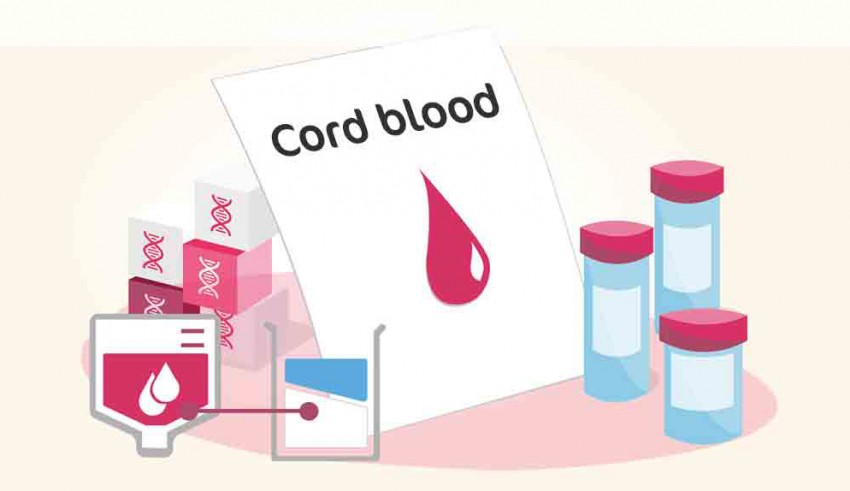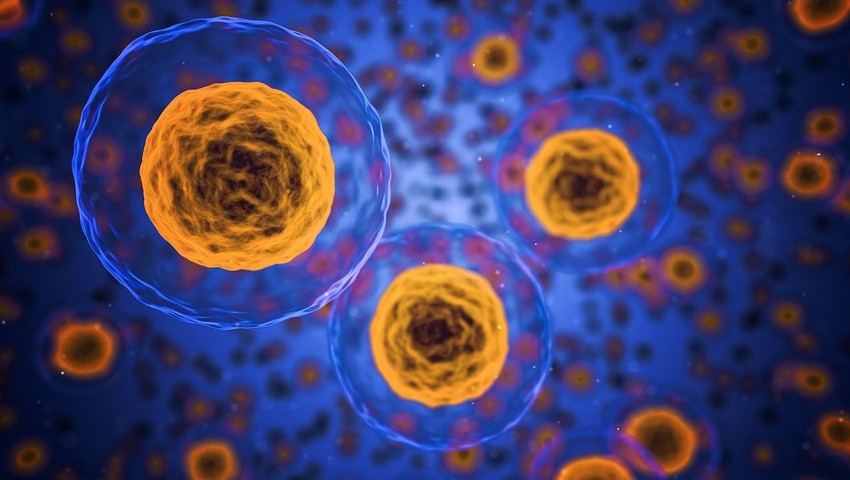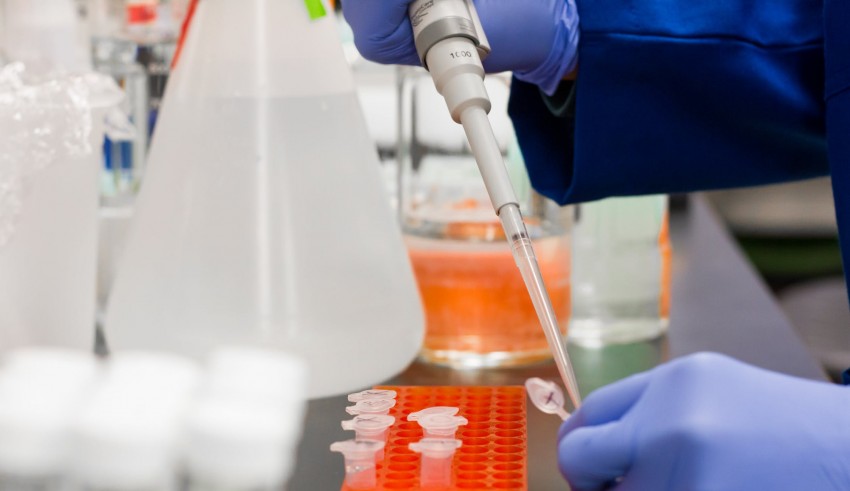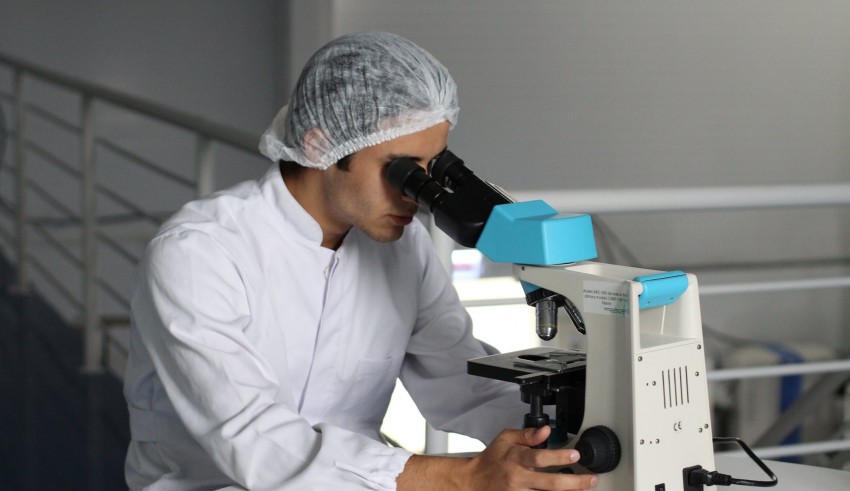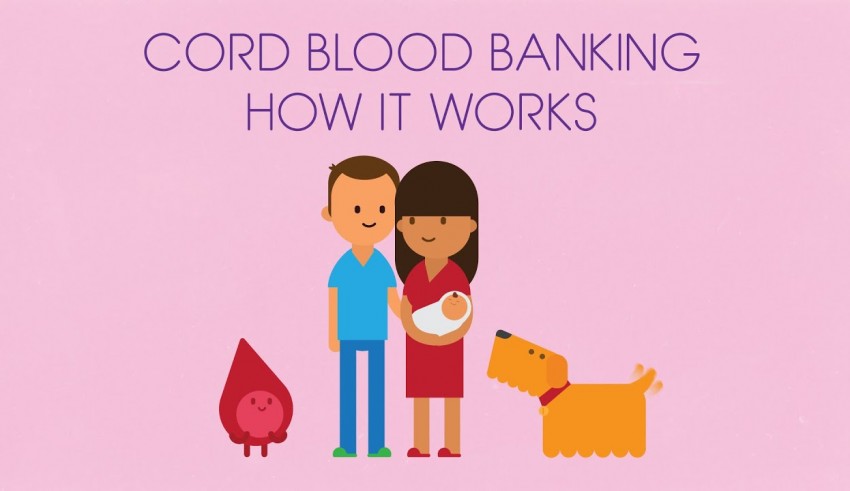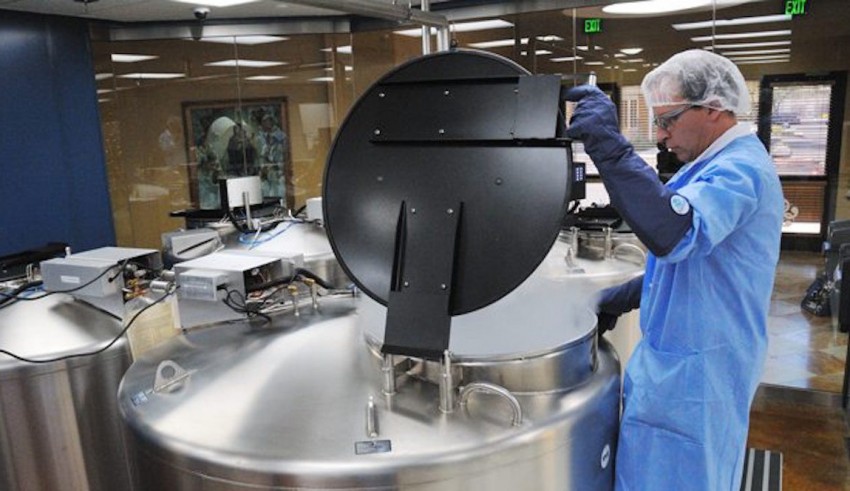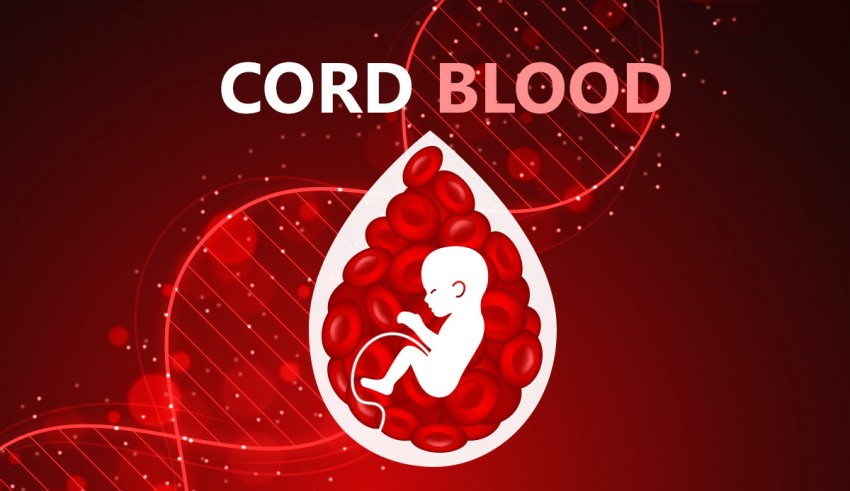
Nowadays, various types of diseases and disorders are recognized by doctors and specialists in newborns, infants, and adults. Fortunately, today, we are witnessing cutting- edge methods in the treatment of rare diseases such as different types of cancers and genetic disorders. Parents who are waiting for a baby have a lot of concerns about their children in various aspects, such as the health of their babies. Thanks to advanced technology in medicine, we don’t worry about our children’s health problems in the future. All of us, especially pregnant mothers and their spouses, have heard the necessity of taking the blood of the umbilical cord of the newborn during delivery. But what is the cord blood?
What is the cord blood?
Cord blood is the blood that contains blood-producing stem cells. Following the birth of your baby, this blood remains on your baby’s umbilical cord. Stem cells are the body’s Master cells because they can develop human organs, blood, tissue, and an immune system during pregnancy. Cord blood stem cells or hematopoietic stem cells are unspecialized cells with the ability to transform to other parts of blood, such as white blood cells, red blood cells, and platelets. Therefore, the newborn’s cord blood collection is necessary for the treatment of unpredictable diseases that your children may develop in the future.
History of cord blood used in transplant medicine
For the first time in 1983, specialists suggested the use of umbilical cord blood as an alternative to transplanted stem cells. After then, in 1988, Dr. Eliane Gluckman, in Paris, for the first time, treated a six-year-old boy suffering from a specific blood disorder called “Fanconi’s Anemia” by umbilical cord stem cells transplantation to regenerate blood and immune system cells.
A year later, Dr. Broxmeyer and colleagues stated in an article that cord blood, like bone marrow, is a good and rich source of stem cells that can be used in hematopoietic stem cell transplantation Instead of using bone marrow.
Which disorders can be treated with cord blood stem cells?
Today, more than 80 different diseases can be treated by umbilical cord blood. For example:
- Hemoglobinopathies such as thalassemia and anemia( blood disorders).
- Metabolic disorders: the body is unable to break down waste in the body.
- Malignancies such as Leukaemia and lymphoma( blood cancers types)
- Immunodeficiencies: Immune system disorder.
- Bone marrow failure: bone marrow is unable to generate necessary cells.
How is the cord blood collected?
Cord blood collection is effortless and only takes a few minutes. This should be done carefully and away from contamination. After the birth of the baby, a thin tube is placed in the cut umbilical cord vein, and a blood bag is hung lower than the mother. In this case, the remaining blood in the cord is collected slowly in the bag under the influence of gravity. Many countries use this method because it is straightforward, and it is less likely to be contaminated.
Experts, who want to take too much blood in a short time, use this method. They place a standard syringe at the cut vein of the umbilical cord and collect large amounts of blood, Similar to the method used for blood tests.
Also, there is another method which was named “ex utero or “outside the uterus” method. In this way, doctors wait until the placenta is completely removed from the uterus, then by special and sophisticated means to collect blood both from the placenta and from the umbilical cord.
Cord blood banking
Cord blood was not stored until 1992, and in the same year, the New York Blood Center became a public cord blood bank and financed by the US National Institutes of Health (NIH). A year later, ViaCord company Launched as a private blood bank center. The University of Arizona gathered cord blood samples for the first time in the world for private use in 1992. Today there are more than 450 umbilical cord blood banks all over the world that USA, Italy, Spain, Germany, the United Kingdom, India, Canada, Israel, Brazil, and Australia are the top ten countries in the number of cord blood banks. According to scientists, the cord blood storage can be useful for 15-20 years.
Public cord blood banking
there are many centers in the world that store cord blood from different families. Families can donate their baby’s cord blood without any cost for families with sick children who need stem cells to treat them, and they are matches for transplanting. All process of testing, analysis, and collection are completely free, and any family genetically match with the donor can take blood free of charge. We said all of the processes are free except one thing. If families want to give up and get their children’s cord blood back, they will have to pay approximately $ 45,000( in the USA). However, this may be possible when your child’s cord blood is not donated and available.
Private cord blood banking
At private banks, families store their baby’s cord blood for use by their child or other family members. For all stages of collecting, testing, and registering, families must pay a fee that varies across countries. For example, in the United States, families pay nearly $ 1,300 to $ 2,200 for registering and collecting processes and pay about $ 100 to $ 150 per year for storing. But there are private cord blood banks that saved cord blood up to 1 year without any charge for families where a family member will need stem cell transplantation soon.
Advantages and disadvantages of cord blood banking:
Pros
- You can always access cord blood and use it to treat siblings.
- The cord blood is also easily matched to the genetics of other people.
- Treatment with cord blood has been very successful so far, and scientists are looking for additional benefits of stem cells in the blood.
- For families unable to store their child’s cord blood, There may be financial aid options.
Cons
- Cord blood stored in private banks is discarded if not used.
- There is a maximum time for cord blood storage, which is usually 15 years.
- You should not think that cord blood can be used to treat any disease.
- The cost of keeping blood in private banks is very high.
- The blood you donate to public banks may never be retrieved.
Facts about cord blood
- Collecting the cord blood has a harmless, painless, and effortless method.
- This blood is a good source of unspecified and regenerative stem cells that can treat more than 80 deadly diseases such as different types of blood cancers.
- Cord blood storage gives families hope and reassurance for their children’s future health.
- Umbilical Cord blood collection is not a new and unusual procedure, and no mother or baby has been damaged during collection.
- You only have one chance to store your baby’s cord blood, and it is during childbirth.
- Make sure your child is 100% match with their own stem cells.
Frequently asked questions
How cord blood saves lives?
Cord blood is the blood that contains blood-producing stem cells that can transform into white and red blood cells, and platelets. Therefore, the newborn’s cord blood collection is necessary for the treatment of unpredictable diseases that your children may develop in the future.
How is cord blood collected?
This is very easy and no harm to you and your baby. After the baby is born, a thin syringe or tube is inserted into the vein of the cut umbilical cord and collects some of that blood in a bag.
What is cord blood banking?
Cord blood bank refers to a set of processes for collecting, analyzing, and storing remaining blood in the cord and placenta. Public cord blood banking offers free facilities for donating cord blood and private cord blood banking stores the families cord blood for private use with a charge.
Can I have delayed cord clamping and still collect cord blood?
Yes, you can only collect it for your own personal use, not for donations.
If I donate my baby’s cord blood, can we get it back later if we need it?
It is very unlikely because it is donated to families in need, and if your cord blood is still available, you will have to pay approximately $ 45,000 (in the USA) to get it back.
Can I bank cord blood for twins?
Yes, but you can bank it in a private bank because public banks don’t accept cord blood from twins and have particular policies.
What is cord blood insurance?
When your child is suffering from a particular illness, your personal insurance may not cover all the costs; for this reason, many private banks provide insurance for things like hospital costs, rehabilitation costs, outpatient visits, and Cost of travel for treatment.

